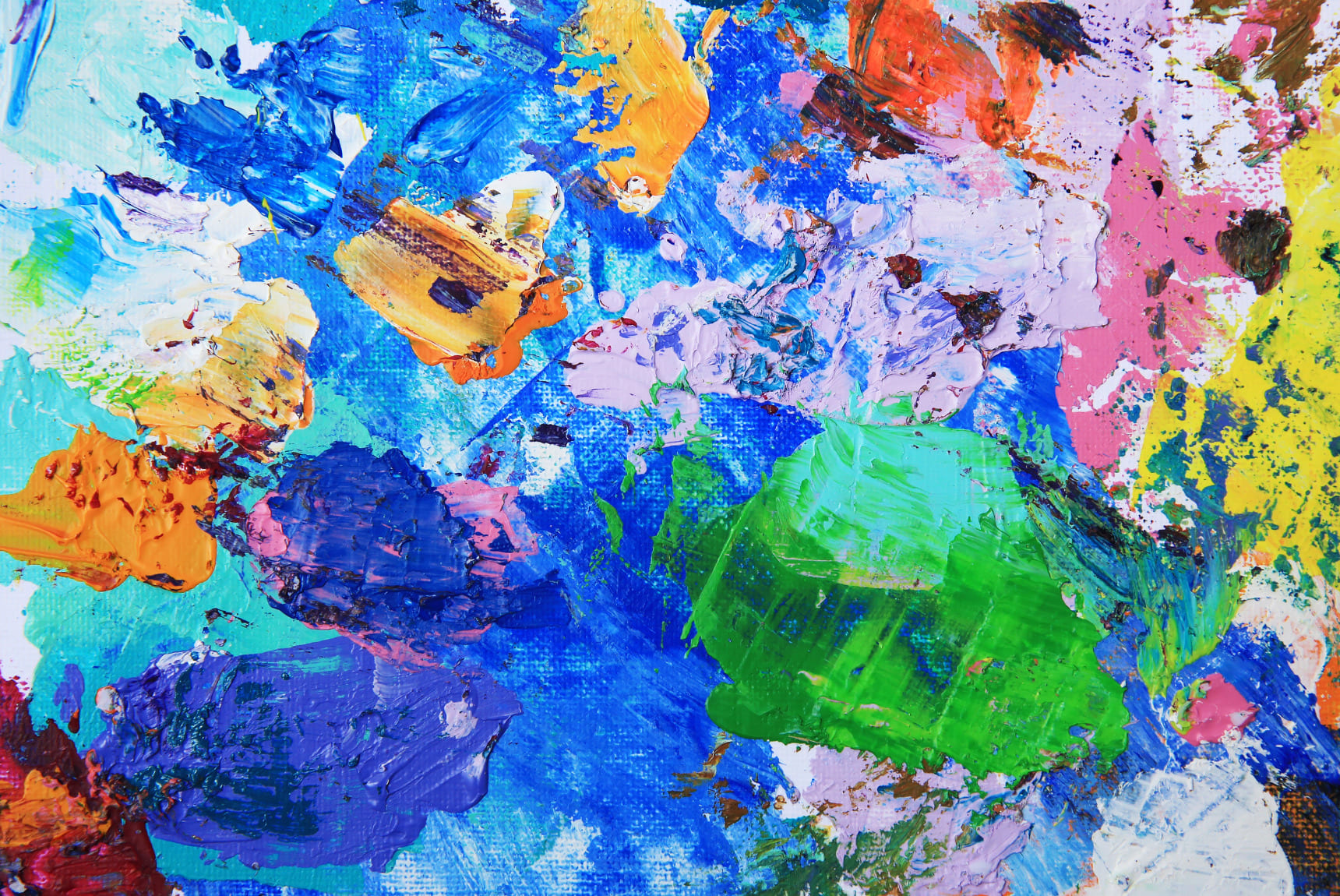Finding your own artistic style and voice is a journey of self-discovery that allows you to express your unique perspective and creativity. While it can be challenging, the process is incredibly rewarding and essential for developing a distinct presence in the art world. Here are some steps and tips to help you uncover your own artistic style and voice.
Explore and Experiment
Diverse Mediums and Techniques:
Begin by experimenting with different mediums and techniques. Whether it's painting, drawing, sculpture, digital art, or mixed media, trying various forms of expression can help you discover what resonates with you. Don't be afraid to mix traditional methods with contemporary ones to create something unique.
Study Different Art Movements:
Familiarize yourself with various art movements and styles, from Renaissance to Abstract Expressionism, Surrealism, and beyond. Understanding the evolution of art and the different approaches taken by artists throughout history can inspire you and provide a broader context for your own work.
Reflect on Your Influences
Identify Inspirations:
Think about the artists, styles, and subjects that inspire you the most. Make a list of your favorite works and analyze what draws you to them. Is it the color palette, the technique, the subject matter or the emotional impact? Understanding your influences can help you identify elements you might want to incorporate into your own art.
Combine Influences:
Your artistic voice can be a fusion of various influences. Experiment with combining different elements from the artists and styles you admire to create something new and uniquely yours. This process of synthesis can lead to unexpected and exciting results.
Embrace Your Personal Story
Express Your Experiences
Your personal experiences, emotions, and perspectives are valuable sources of inspiration. Reflect on your life, your feelings, and your beliefs, and consider how you can translate them into your art. Authenticity is a key component of a strong artistic voice.
Explore Themes
Identify recurring themes or motifs in your work. Whether it's nature, identity, social issues, or abstract concepts, focusing on a central theme can help unify your body of work and give it a cohesive voice.
Practice and Develop Consistency
Create Regularly:
Developing your artistic style requires consistent practice. Set aside dedicated time for creating art, and make it a regular part of your routine. The more you create, the more you'll refine your techniques and develop your unique style.
Revisit and Reflect:
Periodically review your past works to identify patterns and progress. Reflect on what has changed, what has remained constant, and what aspects of your work you feel most connected to. This self-assessment can provide valuable insights into your artistic development.
Seek Feedback and Community
Engage with Peers:
Join art communities, both online and offline, to share your work and receive feedback. Engaging with other artists can provide new perspectives, constructive criticism, and support as you refine your style and voice.
Attend Workshops and Classes:
Participate in workshops, classes, and art events to learn new skills and techniques. These experiences can expose you to different approaches and help you expand your creative toolkit.
Embrace Evolution
Stay Open to Change:
Your artistic style and voice will evolve over time. Embrace this natural progression and remain open to experimentation and growth. As you gain new experiences and insights, your art will reflect these changes.
Document Your Journey:
Keep a visual journal or sketchbook to document your creative journey. This record can serve as a source of inspiration, a way to track your progress, and a reminder of your artistic evolution.
Finding your own artistic style and voice is a deeply personal and ongoing journey. By exploring different mediums, reflecting on your influences and remaining open to evolution, you can develop a unique and authentic artistic presence. Remember, the most important aspect of your art is that it reflects your true self and resonates with your audience.

